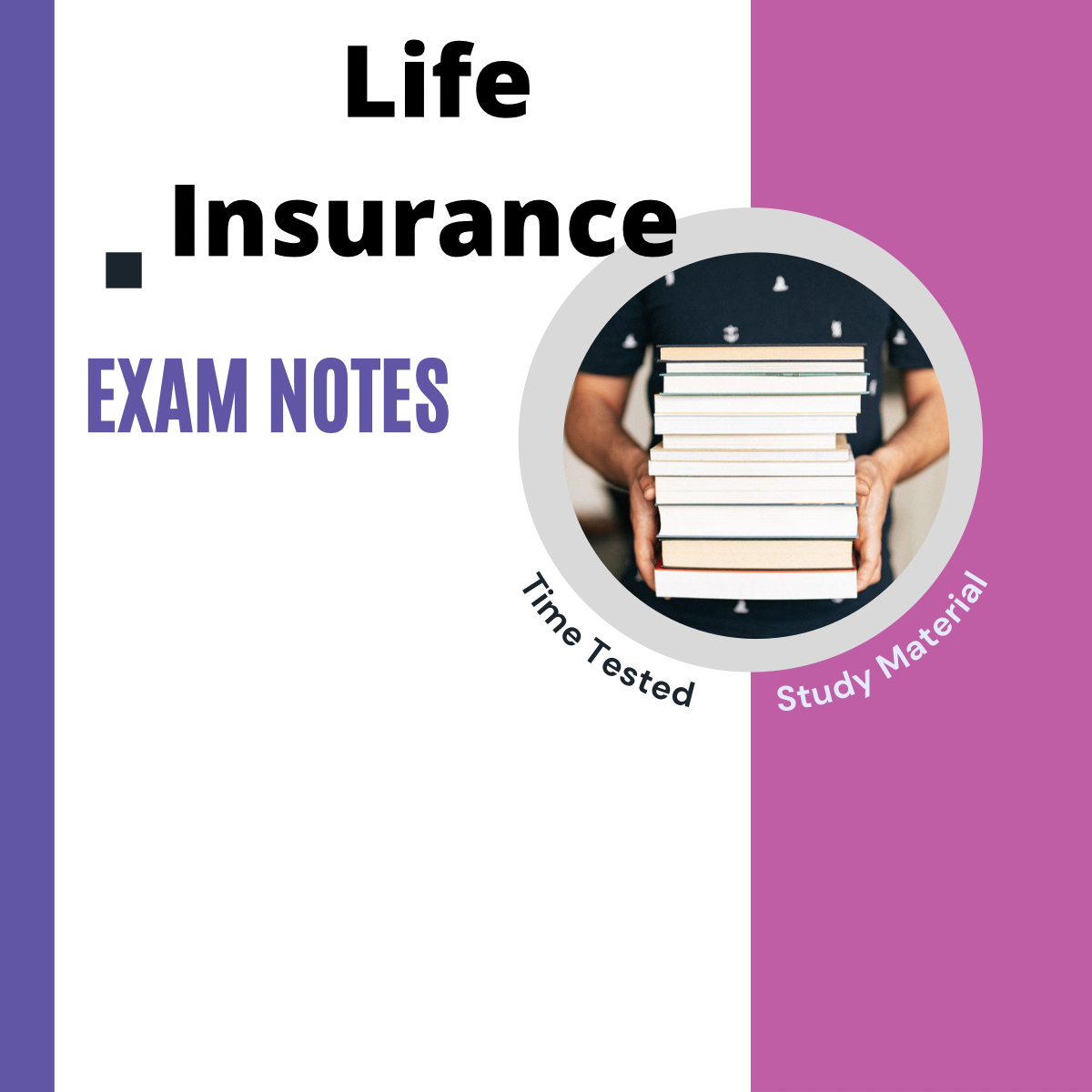Fascination About Pacific Prime
Table of ContentsPacific Prime - The FactsSome Known Details About Pacific Prime About Pacific PrimePacific Prime Fundamentals Explained
In the majority of states, the insurer is called for to send you a copy of the adjustments to your policy. It is essential that you check out Recommendations or Riders so you recognize just how your plan has actually transformed and if the plan is still ample to fulfill your requirements. To acquire a duplicate of your insurance coverage plan, please call your insurance representative or firm.
The Institute of Medication (IOM) Committee on the Repercussions of Uninsurance launches an extended assessment of proof that addresses the relevance of health insurance protection with the magazine of this record. Coverage Matters is the initial in a collection of six reports that will be released over the next two years recording the truth and effects of having actually an approximated 40 million individuals in the USA without medical insurance protection.

Our Pacific Prime PDFs
The objective of this series of research studies is to refocus plan focus on a historical problem. Complying with the longest economic expansion in American history, in 1999, an estimated one out of every six Americans32 million grownups under the age of 65 and more than 10 million childrenremains uninsured (Mills, 2000).

10 percent of the population represent 70 percent of wellness care expenses, a correlation that has continued to be consistent over the previous 3 years (Berk and Monheit, 2001) - global health insurance. Therefore medical insurance remains to serve the feature of spreading out risk also as it significantly finances regular care. From the point of view of healthcare suppliers, insurance coverage carried by their individuals aids protect an earnings stream, and communities gain from financially viable and steady healthcare professionals and institutions
Federal government gives medical insurance to populations whom the exclusive market may not offer successfully, such as disabled and senior citizens, and populations whose accessibility to healthcare is socially valued, such as children and pregnant women. The best ends of wellness insurance policy protection for the individual and neighborhoods, consisting of workplace neighborhoods of employees and companies, are improved health outcomes and lifestyle.
The 4-Minute Rule for Pacific Prime
Workers rate medical insurance first without a doubt in value amongst all the benefits offered in the work environment (Salisbury, 2001). There have been large financial investments of individual and public funds to provide wellness insurance policy, numerous people still have no insurance coverage. Despite comprehensive coverage of study findings and healthcare research results, the basic public stays overwhelmed and misinformed about Americans without medical insurance and the effects of doing not have coverage.
Without inquiry, the complexity of American wellness care funding systems and the wide range of sources of information include in the public's complication and apprehension regarding medical insurance data and their analysis. This record and those that will certainly adhere to purpose to boil down and offer in conveniently easy to understand terms the extensive research study that bears on concerns of medical insurance coverage and its significance.
Fifty-seven percent of Americans surveyed in 1999 believed that those without health and wellness insurance coverage are "able to get the care they need from doctors and health centers" (Blendon et al., 1999, p. 207). In 1993, when nationwide attention was concentrated on the issues of the without insurance and on pending health and wellness care regulations, simply 43 percent of those surveyed held this belief (Blendon et al., 1999).

They likewise get fewer preventive services and are less likely to have regular look after chronic problems such as hypertension and diabetes. Persistent conditions can lead to costly and disabling issues if they are not well taken care of (Lurie et al., 1984; Lurie et al., 1986; Ayanian et al., 2000). One national survey asked greater than 3,400 grownups concerning 15 highly major or morbid conditions.
How Pacific Prime can Save You Time, Stress, and Money.
Extra evidence exists later in this phase in the discussion of insurance coverage and accessibility to healthcare. https://www.pinterest.com/pin/1093741459520423720. People without health insurance policy are young and healthy and select to do without coverage. Nearly fifty percent (43 percent) of those surveyed in 2000 thought that people without wellness insurance are more probable to have illness than people with insurance coverage
Voters and policy makers in emphasis team discussions define those without insurance policy as youths who have the opportunity to be covered you could try this out and feel they do not require it (Concierge Novelli, 2001). Contrasted to those with at the very least some personal protection, the uninsured are less most likely to report being in outstanding or excellent health and wellness (Firm for Medical Care Research Study and Top Quality, 2001).
SOURCE: Facility for Price and Funding Researches, Agency for Health Care Research and High quality, based upon MEPS data. Young person in between 19 and 34 are even more likely to do not have medical insurance than any type of other age group. This is chiefly due to the fact that they are less typically qualified for employment-based insurance policy as a result of the nature of their task or their brief period in it.
The perception that people without insurance coverage have better-than-average health complies with from puzzling the reasonably young age profile of the uninsured with the better health and wellness, on average, of younger individuals. This obscures the link in between health and wellness condition and medical insurance. For those without accessibility to work environment medical insurance, poor health and wellness is a prospective obstacle to purchasing nongroup coverage due to the fact that such coverage might be extremely valued, exclude pre-existing conditions, or be just unavailable.